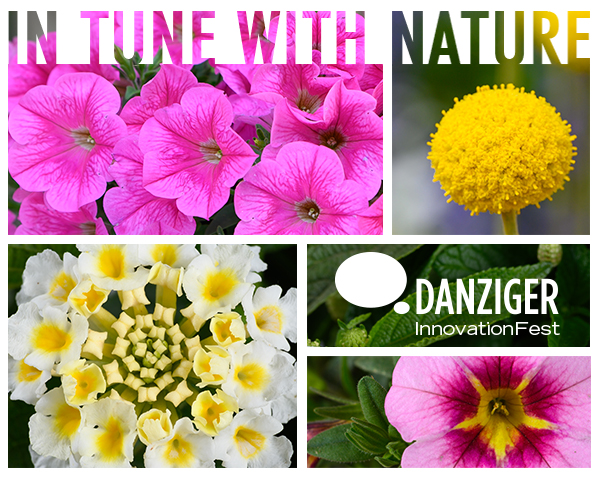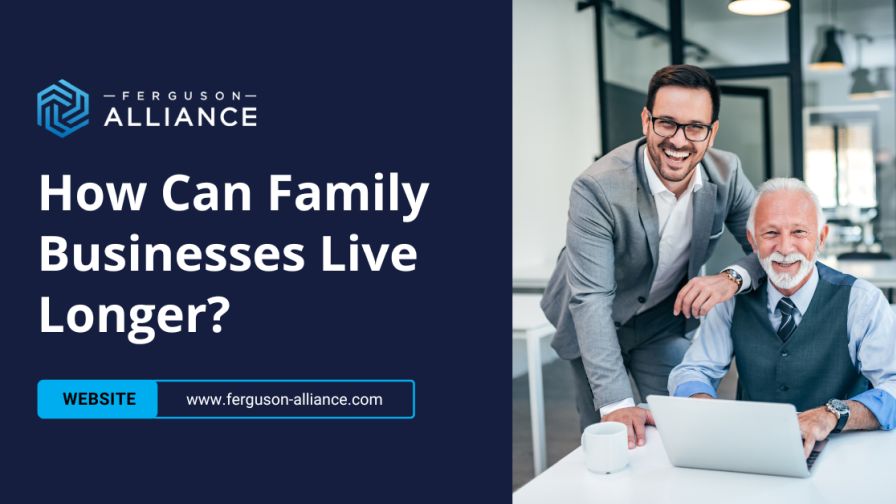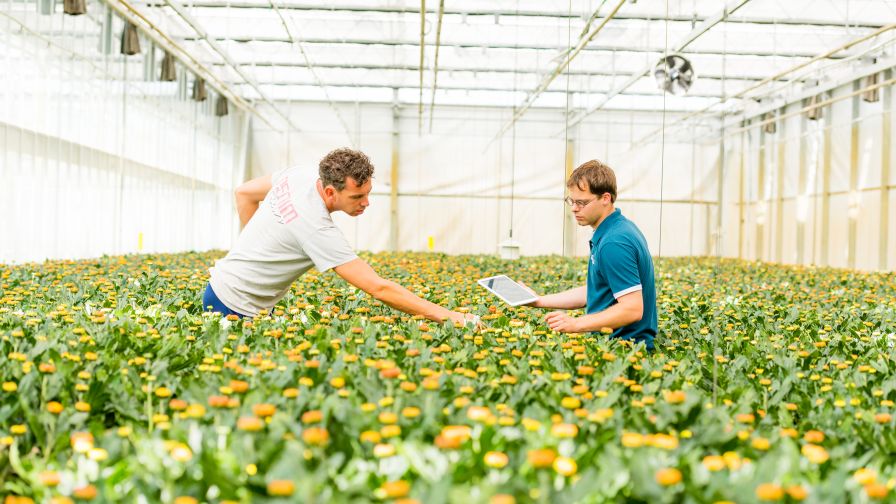Fact Sheet: The Value Of Neonicotinoids To Turf And Ornamental Professionals
Summary
An extensive study of the diverse turf and ornamental industry (The Green Industry) reveals that neonicotinoids are the top-rated products used by professionals to control their most important pests in greenhouses, landscapes, lawns, nurseries and trees. Economists surveyed 750 turf and ornamental professionals to assess their pest management practices and found that more than 90 percent listed performance and safety factors as their leading considerations when selecting an insecticide. Professionals fear the loss of neonicotinoids would reduce the quality of their plants and services, increase costs and negatively impact their ability to manage pest resistance.
Background
- The multi-billion dollar turf and ornamental industry grows, distributes and provides retail and customer services for flowers, ornamental plants, trees and managed landscapes.
Insect pests cause millions of dollars of damage to homes and structures, damage or destroy urban environments and cause medical problems associated with bites, stings or allergies.
The environmental benefits of managed landscapes include absorption of pollutants, carbon sequestration, prevention of soil erosion and storm runoff, increased wildlife habitats, temperature moderation and noise pollution. - Managing pests across diverse geographies requires careful management and the use of Integrated Pest Management (IPM) practices to prevent pest resistance and maintain beneficial insects.
- Because of the close proximity of treated plant materials with the consumer, human and pet safety is a primary concern among service providers.
Methodology
- Turf and ornamental businesses included in this survey were categorized as Greenhouse, Landscape, Lawns, Nursery and Trees.
- Four national professional associations were surveyed and 750 responses were received:
| Industry Organization | Represented Members | Responses |
|---|---|---|
| AmericanHort | nurseries and greenhouses, landscape, distributors, retailers | 351 |
| PLANET | lawn care and landscape | 145 |
| Society of American Florists | floral growers, retailers, importers, suppliers | 50 |
| Tree Care Industry Association | commercial tree care firms and affiliates | 204 |
Researchers used an online survey of 12 baseline questions to capture data from industry professionals, followed by sub-questions, to allow for analysis across all industry segments.
Respondents included some who reported they do not use any insecticides in their business.
Results
Across all segments, respondents identified the main focus of their business as trees (25 percent), greenhouse (24 percent), lawn (19 percent), nursery (16 percent) and landscape ornamentals (16 percent).
When asked to rate the importance of different variables in choosing an insecticide, more than 90 percent of all respondents listed performance (protecting plant quality and consistency of pest control) and safety (to applicators and customers) factors as their leading considerations.
59 percent of all respondents included a neonicotinoid as one of their top-three “most used” insecticides. On a square footage, or plants treated basis, they are the primary insecticide used in each professional segment.
"Most Used" Insecticides (based on sq. ft. or plants treated)*
| Industry Segment | Insecticide Class | Percent of Total Products Used |
|---|---|---|
| Greenhouse | Neonicotinoid Avermectin Pyrethroids | 26.4 13.3 6.7 |
| Nursery | Neonicotinoid Avermectin Pyrethroids | 28.6 18.1 11.0 |
| Lawn | Neonicotinoid Avermectin Pyrethroids | 43.0 38.6 4.1 |
| Landscape Ornamentals | Neonicotinoid Avermectin Pyrethroids | 37.4 22.9 7.9 |
| Trees | Neonicotinoid Avermectin Pyrethroids | 33.7 25.4 13.0 |
If Neonicotinoids Were No Longer Available
- When asked what they would do if neonicotinoids were no longer available, 73 percent of all respondents said there are either “no acceptable alternatives” or “not enough acceptable alternatives” to neonicotinoids to meet their pest management needs.
Acceptability Of Alternative Insecticides If Neonicotinoids Were No Longer Available
| Acceptable Alternatives to Neonicotinoid Insecticides | Greenhouse | Nursery | Lawn | Landscape Ornamentals | Trees |
|---|---|---|---|---|---|
| None or not enough | 65% | 79% | 84% | 67% | 76% |
| Enough or more than enough | 35% | 21% | 16% | 33% | 24% |
- Across all segments, 55 percent of all professionals noted that the loss of neonicotinoids would reduce income for their business and estimated the loss to be about 15 percent.
- The greatest financial impact due to a loss of neonicotinoids was in the lawn segment, where 68% anticipated a loss of income, and the lowest impact was in landscape ornamentals, where 43 percent anticipated a loss of income.
- The major reasons given for a loss in income were related to increased costs associated with using alternative insecticides and the impact on the quality of plant products or services.
- Without neonicotinoids, 78 percent of the professionals said costs would increase due to more frequent applications or greater amounts of alternative insecticides being applied.
- Two-thirds of respondents indicated that a loss of neonicotinoids would result in an increase in time associated with additional applications, record keeping or training.
- In addition to cost increases, 45 percent of professionals cited a decreased ability to control invasive pests and 44 percent identified a decrease in the quality of pest management services supplied.
- Almost half (47 percent) of the professionals stated that there would be a decrease in customer satisfaction if neonicotinoids were not available.
Anticipated Impact Of Losing Neonicotinoids On Business Operations
| Negative | No Change | Positive | Don't know | |
|---|---|---|---|---|
| Costs (application frequency or amounts applied) | 78% | 16% | 1% | 5% |
| Costs (time spent treating, training & record keeping) | 67% | 28% | 1% | 4% |
| Ability to control invasive pests | 45% | 29% | 16% | 11% |
| Ability to manage pest resistance | 44% | 29% | 14% | 13% |
| Quality of plant products or pest management services | 44% | 32% | 14% | 9% |
| Customer satisfaction with products or services | 47% | 32% | 10% | 12% |
- From an environmental perspective, losing neonicotinoids would represent a significant setback in managing pest resistance, as these products are important to IPM programs.
- Respondents were asked to identify the top three insects for which control would be difficult without neonicotinoids:
| Greenhouse | Nursery | Lawns | Landscape Ornamentals | Trees |
|---|---|---|---|---|
| Aphids 33% | Aphids 35% | Grubs 68% | Borers 38% | Borers 36% |
| Whitefly 27% | Whitefly 26% | Chinchbug 14% | Hard Scale 19% | Hard Scale 23% |
| Thrips 24% | Thrips 13% | Billbug 10% | Leafminer 16% | Aphids 23% |
- Other pests that were frequently mentioned include soft-scale insects, psyllids, mealybugs, mole crickets and craneflies.
- If neonicotinoids were not available, respondents indicated they would shift primarily to pyrethroid and organophosphate insecticides.
- Overall, professionals value neonicotinoids because of their performance and their environmental and safety profile. They offer systemic properties, exhibit long-term efficacy, and provide lower risks to the applicators, customers and their pets than some alternatives.
- Neonicotinoids are valued because they address the most important concerns of T&O professionals – plant quality, consistent pest control and safety to applicators and customers.
- Most turf and ornamental professionals indicated that losing neonicotinoids would increase their operational costs, reduce the quality of their plants and services, reduce customer satisfaction and negatively impact their ability to manage pest resistance.
Report References
The Value of Neonicotinoid Insecticides in Turf and Ornamentals: The Value of Neonicotinoids to Turf and Ornamental Professionals.
This report is one of a series that will be released over the next few months as part of a comprehensive evaluation of the economic and societal benefits of neonicotinoid insecticides in North America. The research was conducted by AgInfomatics, a consulting firm of independent agricultural economists and scientists, and jointly commissioned and sponsored by Bayer CropScience, Syngenta and Valent U.S.A. All reports will be published online.
Growing Matters is a coalition of organizations and individuals committed to scientific discourse on the stewardship, benefits and alternatives of neonicotinoid insecticides in North America. Bayer CropScience, Syngenta and Valent U.S.A. Corporation are leading this coalition with support from Mitsui Chemicals Agro, Inc.
Visit the Growing Matters website for the latest information, reports, videos and infographics on the benefits of neonicotinoid insecticides.










